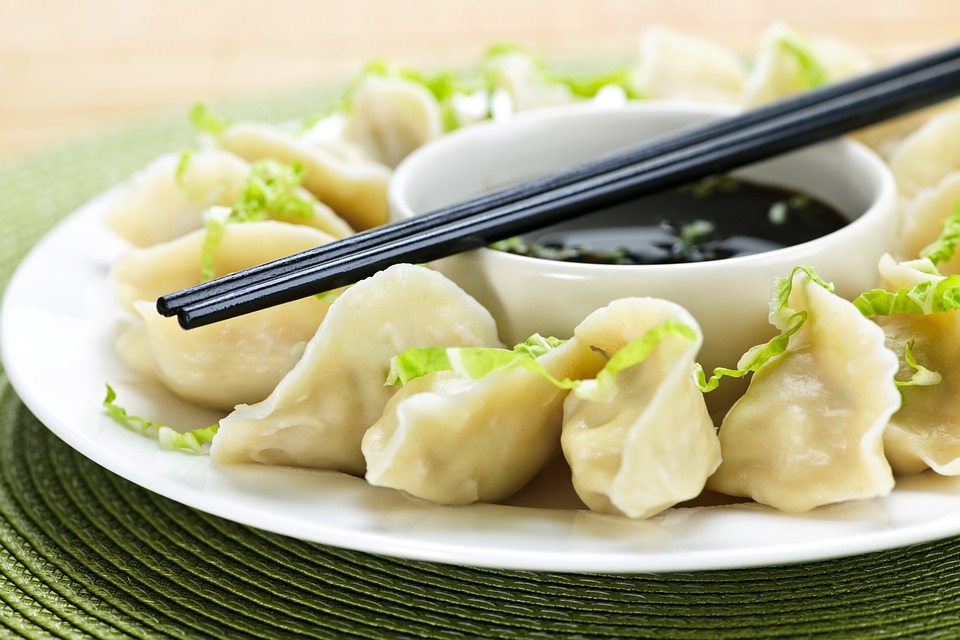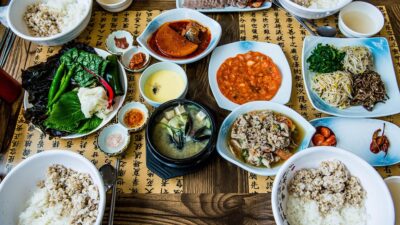Chinese cuisine is a tapestry of flavors, ingredients, and cooking techniques, intricately woven together by a rich history and vast geographical diversity. To embark on a culinary journey through China is to explore a myriad of regional flavors that reflect the local culture, climate, and traditions. From the spicy dishes of Sichuan to the delicate dim sum of Guangdong, each region offers a unique gastronomical experience.
1. The Eight Culinary Traditions
Chinese cuisine is often categorized into eight major culinary traditions, commonly referred to as the “Eight Cuisines” of China. Each region boasts its own distinctive style, created by the interplay of various factors, including local ingredients, climate, and historical influences.
1.1 Cantonese Cuisine (Guangdong)
Cantonese cuisine is perhaps the most famous internationally, renowned for its dim sum and stir-fried dishes. The flavors tend to be mild, showcasing the natural taste of the ingredients. Fresh seafood is a staple, and dishes are often lightly seasoned. Highlights include the succulent char siu (BBQ pork) and steaming baskets of dumplings and buns.
1.2 Sichuan Cuisine
Known for its bold and fiery flavors, Sichuan cuisine is characterized by its unique use of Sichuan peppercorns, which impart a tingling numbness to the palate. Dishes like mapo tofu and kung pao chicken offer a perfect balance of spiciness and flavor complexity, while hot pot provides a communal dining experience that’s both exhilarating and delicious.
1.3 Hunan Cuisine
Hunan cuisine also celebrates spiciness, but it differs from its Sichuan counterpart by emphasizing fresh ingredients and a more aromatic approach. Smoked meats and chili oil are common, and dishes like Chairman Mao’s red-braised pork reflect both history and heartiness.
1.4 Jiangsu Cuisine
Characterized by its emphasis on freshwater fish and seafood, Jiangsu cuisine is known for its delicate flavors and refined techniques. Dishes are often presented artistically, with a focus on the harmony of colors and textures. Notable staples include sweet and sour mandarin fish and assorted dim sum.
1.5 Shandong Cuisine
As the birthplace of various culinary techniques, Shandong cuisine is rich in flavor and often incorporates seafood due to its coastal geography. The use of vinegar in cooking gives dishes a tangy twist, exemplified by sweet and sour carp. The careful slicing and presentation of ingredients reflect the region’s sophisticated culinary artistry.
1.6 Zhejiang Cuisine
Zhejiang cuisine emphasizes freshness and local ingredients, often combining subtle sweetness with a hint of acidity. It’s known for its seafood, with dishes like Dongpo pork showcasing the region’s ability to elevate simple ingredients through meticulous cooking methods.
1.7 Fujian Cuisine
Fujian cuisine is distinguished by its use of broth and the technique of steaming. It places a strong emphasis on soups and seafood, with flavors often enhanced by the addition of fermented ingredients. Dishes like Buddha jumps over the wall offer a glimpse into the region’s culinary sophistication.
1.8 Anhui Cuisine
Taking inspiration from neighboring provinces, Anhui cuisine is characterized by its use of wild game, mushrooms, and herbs. The focus is on slow-cooked dishes that allow the flavors to meld together. Stewed dishes, such as bamboo shoots with salted meat, showcase the region’s rustic, hearty approach.
2. The Role of Local Ingredients
One of the defining characteristics of Chinese cuisine is its deep connection to local ingredients. Different regions boast unique agricultural products, leading to the development of signature dishes that are deeply tied to the land. For instance, Sichuan is known for its peppers, while the coastal provinces like Jiangsu and Guangdong thrive on fresh seafood.
3. The Influence of Culture and Tradition
Understanding Chinese cuisine also requires a look at cultural traditions. Festivals and seasonal celebrations often dictate what people eat. For example, dumplings are traditionally consumed during the Lunar New Year to symbolize wealth and prosperity. Similarly, mooncakes are enjoyed during the Mid-Autumn Festival to celebrate family unity and harmony.
4. Modern Interpretations
In recent years, there has been a surge of interest in modern Chinese cuisine, with chefs experimenting with traditional recipes while incorporating global influences. This fusion approach creates innovative dishes that remain respectful of their origins.
Conclusion
A culinary journey through the regional flavors of Chinese cuisine is not only about indulging in delicious dishes but also about understanding the culture and history that have shaped them. Each region offers a unique narrative through its flavors, inviting food lovers to explore, taste, and ultimately appreciate the richness of this vast culinary landscape. Whether through an authentic meal at a local restaurant or experimenting with recipes at home, the journey is one filled with discovery and delight.



